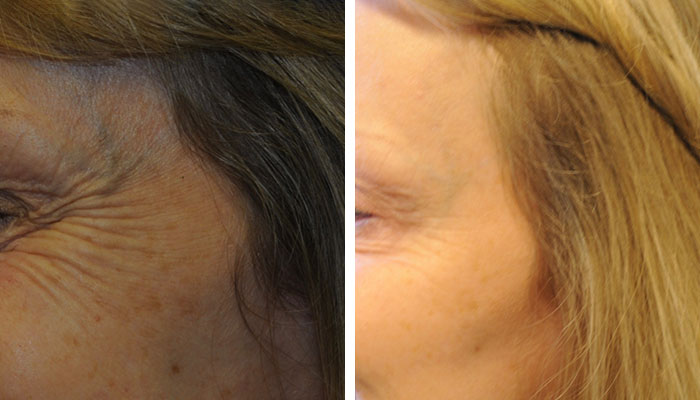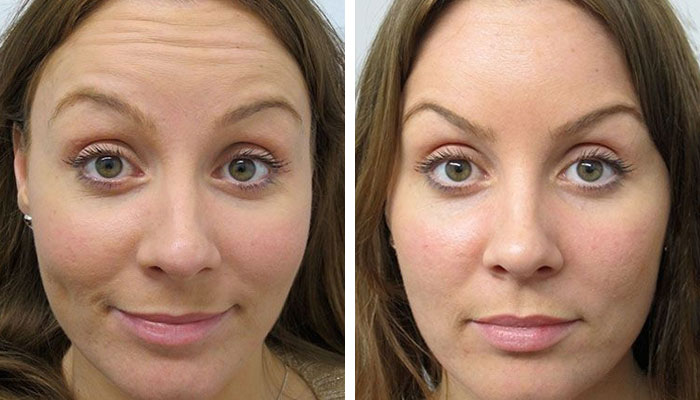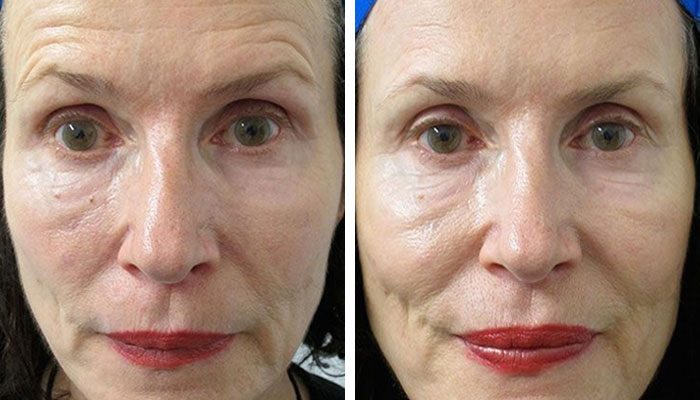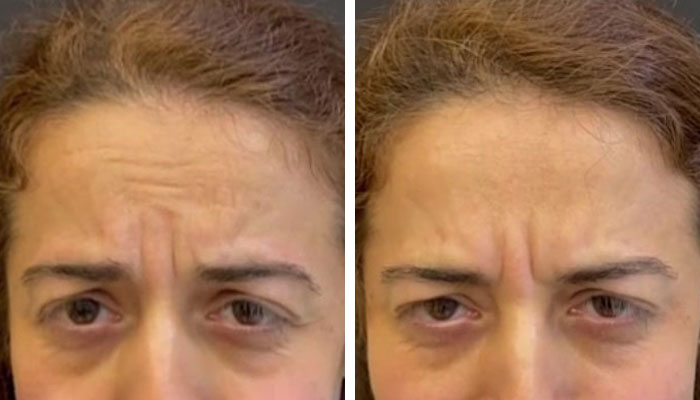Discover Aesthetic Solutions
Learn about and compare a wide range of options to make an informed choice about your body
Crossed Eyes: All Cosmetic Surgical, Non-Surgical, and Other Solutions
Belorens recognizes the importance of both aesthetic appeal and functional improvement in correcting crossed eyes. Our commitment to providing smart match-based solutions brings you closer to achieving balanced, aligned eyes through personalized treatment plans. Whether exploring surgical adjustments for lasting correction or non-surgical options for minor alignments, we tailor each solution to fit your specific condition and lifestyle preferences. Navigate through our tailored options to get a clearer vision and symmetrical beauty with confidence, guided by our expertise in matching you with the ideal corrective approach.
2 Solutions
Most Popular Solutions
- Most Popular Solutions
- Most Providers
- Most Active Discussions

(95% Match) Also known as crossed eyes correction, eye muscle surgery, extraocular muscle surgery, strabismus surgery is an eye procedure that involves adjusting the eye muscles to correct the misalignment of the eyeballs.
(50% Match) Botox injections can be used to temporarily weaken specific eye muscles, helping to realign the crossed eyes. This treatment is often considered for certain types of strabismus, but not all of them.
B & A photos




What are Crossed Eyes?
Crossed eyes, or strabismus, occur when the eyes don't look towards the same point simultaneously. This condition can manifest in various ways, with one eye turning in different directions independent of the other. It can result from muscle imbalance, neurological factors, or issues within the eye structure itself. Treatment options range from non-surgical methods like glasses and vision therapy to surgical interventions aimed at realigning the eyes. Addressing cross eyes can significantly improve both vision quality and eye coordination, enhancing overall quality of life.
Disclaimer: Crossed eyes, medically known as strabismus, represent a variation in eye alignment that can impact both vision and appearance. The decision to seek correction is personal, based on individual experience and the effect on daily life. If cross eyes do not hinder vision or personal confidence, acceptance and living without intervention is a valid choice. This content is designed to inform, not to urge corrective action or undermine self-confidence. We strive to assist in making educated decisions, promoting understanding and self-appreciation of one's appearance.
What is the Cause of Crossed Eyes?
Strabismus is influenced by a mix of factors, including genetics, muscle imbalances around the eyes, neurological conditions, or refractive errors. It's essential to identify the underlying cause through a comprehensive eye examination. Understanding the root of the problem is crucial in determining the most effective treatment plan, which may involve correcting the muscle balance or addressing the neurological or refractive issues contributing to the condition.
Am I a Candidate for Cross Eyed Correction?
Individuals experiencing misalignment in their vision, regardless of age, might be candidates for crossed eye correction. Early diagnosis and treatment are particularly beneficial in children to ensure proper visual development and prevent long-term issues. Adults also benefit from correction, improving both vision and appearance. A detailed consultation with an eye specialist can help assess your situation and recommend the best course of action.
How Old Should I Be to Get Cross Eye Treatment?
Strabismus can be effectively treated at any age. However, early intervention is recommended for children to promote normal visual development and prevent amblyopia (lazy eye). For adults, treatment can resolve vision issues and improve eye alignment. Each case is unique, so consulting with an eye care professional can determine the optimal timing for treatment based on individual needs and health status.
Crossed Eyes Before and After: See it for Yourself!
Before and after photos can showcase the transformative effects of crossed eyes treatment. Discussing these visual changes with your healthcare provider can help set realistic expectations. Check out the performance of our affiliated professionals for yourself with our gallery of cross before and after photos!
Is There a Non-Surgical Crossed Eyes Treatment?
Non-surgical treatments for strabismus include vision therapy, corrective glasses, or prism lenses designed to enhance eye alignment and coordination. These methods are especially effective in cases where the condition is mild or as part of a comprehensive treatment plan. Non-surgical options aim to strengthen the eye muscles and improve visual function without the need for invasive procedures.
Is there a Crossed Eyes Self-Care Treatment Method?
While professional treatment is essential for correcting strabismus, certain self-care practices like performing prescribed eye exercises may complement your treatment plan. These activities can help improve muscle control and eye coordination. However, it's vital to follow the guidance of an eye care professional to ensure these exercises are beneficial and appropriate for your specific condition.
Are Crossed Eyes in Need of Urgent Treatment?
Sudden onset of crossed eyes or associated symptoms like double vision warrants prompt medical evaluation, as they could indicate serious underlying conditions. For established cases, timely intervention is recommended to improve visual outcomes, especially in young children, where delayed treatment can affect visual development.
Can I Delay Cross Eye Correction?
While immediate treatment for crossed eyes is often not critical for adults, delaying intervention can impact visual development in children and lead to permanent vision issues. Discussing with an eye care professional can help you understand the implications of delaying treatment and devise a timely plan that suits your or your child’s specific needs.
Are Crossed Eyes Socially Acceptable?
Crossed eyes are a physical characteristic that doesn't define one's value or capabilities. Treatment is sought for functional reasons, such as improving vision and eye coordination, and may also enhance self-confidence by addressing aesthetic concerns. The choice to pursue treatment is personal, based on individual preferences and quality of life considerations.
How Much Does the Crossed Eyes Removal Cost?
Costs vary based on the chosen treatment method, healthcare provider, and geographical location. Consultation with a healthcare professional can provide a personalized cost estimate. Here is a chart showcasing the average price range of common cross eyes treatments in the US, compared to the same treatments offered by our affiliated professionals in Turkey,
| Treatment | Average Price Range in theUS | Average Price Range inTurkey |
|---|---|---|
| Strabismus Surgery | $5,000 to $10,000 | $2,000 to $5,000 |
| Botox Injection for Strabismus | $300 to $800 | $200 to $500 |
Strabismus Treatment Methods: Which One is More Popular?
Treatment popularity varies based on individual cases. Options include cross link eye surgery, vision therapy, and specialized glasses. The most suitable method depends on factors like the cause and severity of crossed eyes. But overall, if cross eyes are severe, it is treated via strabismus surgery, and in mild cases with Botox injection.
Crossed Eyes Treatment with Belorens: Begin Your Solution
At Belorens, we understand the complexity of crossed eyes and offer a gateway to exploring a spectrum of customized treatment solutions. From the latest surgical techniques to innovative non-surgical approaches, our platform connects you with top eye care specialists. Start your journey towards improved vision and alignment with Belorens, where your treatment plan is tailored to your unique needs, ensuring the best possible outcomes for your eye health and confidence.
Frequently Asked Questions (FAQ)
How long does it take to see results from crossed eyes treatment?
The timeline varies depending on the chosen treatment method and individual factors. Improvement may be noticeable in weeks to months. Surgery outright fixes the issue, whereas Botox takes a little longer to work.
Can crossed eyes be caused by staring at screens for too long?
Prolonged screen time alone is not a direct cause of crossed eyes. However, it can contribute to eye strain, which may exacerbate existing vision issues.
Are there exercises I can do at home to improve crossed eyes?
While self-care exercises may help, it's crucial to consult with an eye care professional for a tailored treatment plan. Some exercises may be recommended as part of a comprehensive approach.
Can crossed eyes cause headaches?
Yes, eye strain associated with crossed eyes can lead to headaches. Addressing the underlying vision issues may help alleviate this symptom.
Are there support groups for people with crossed eyes?
Yes, online and local support groups can provide a platform for sharing experiences and information. Connecting with others facing similar challenges can be beneficial.
Can I undergo crossed eyes treatment during pregnancy?
Some treatment options may be pursued during pregnancy, but it's essential to discuss this with both an eye care professional and an obstetrician for personalized advice.


